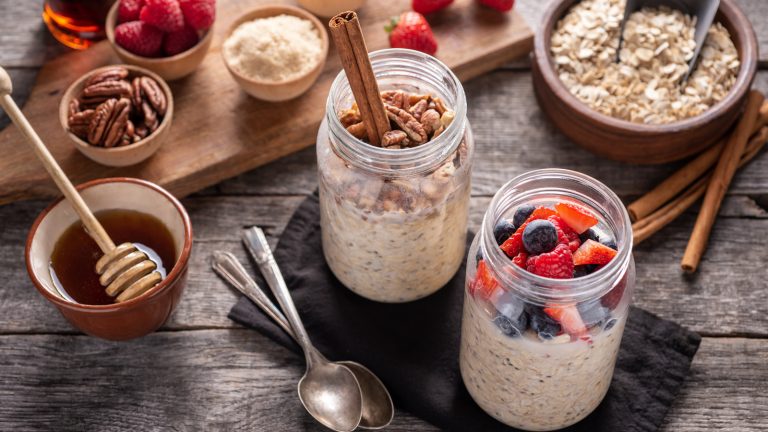Ever seen skunk cabbage on a menu? Chances are, you probably haven’t. That doesn’t mean it isn’t delicious in its own right, but there is a good reason why its popularity hasn’t rivaled that of other types, such as napa or red cabbage. There are numerous foods from around the world that are dangerous and controversial, like Italy’s casu marzu cheese that is infested with maggots, and Jamaica’s akee fruit that is poisonous when unripe. There are a few reasons why skunk cabbage could easily be considered a member of this elite group of foods. This leafy vegetable is native to eastern North America and typically grows wild in wetland areas. The name “skunk cabbage” comes from the unpleasant odor the plant emits. The foul smell attracts pollinators and helps protect it from predators.
Skunk cabbage, scientifically known as Symplocarpus foetidus, isn’t something you’ll likely find in many grocery stores. In fact, it isn’t something that even usually appears on lists of different types of cabbage and how to cook them. And the reasons probably lie in its toxicity. Every part of the skunk cabbage plant contains calcium oxalate crystals, which can cause pain in the mouth and digestive tract — some people say it feels like eating hundreds of tiny little needles. For the curious and adventurous foodies out there, there is still hope. As long as you prepare it properly, like the infamous fugu fish, you can counteract the toxic properties of skunk cabbage making it perfectly edible.
The cooking technique is extremely important
Most cabbage types are versatile, often lauded for their flavor, crispy texture, and versatility. It is found in an impressive range of recipes, from cabbage soup and roasted cabbage steaks to stuffed cabbage rolls, which are sometimes been lovingly referred to as pigs in a blanket. Skunk cabbage isn’t typically called for in these recipes. The reason is unlikely to lie in the flavor, which can be described as resembling spinach or Swiss chard, but rather in the amount of prep work needed to prepare it.
The calcium oxalate crystals are found in every part of the cabbage, and must be neutralized to avoid the harmful effects of skunk cabbage before you can eat it. The leaves and the root can be eaten, but the root requires extensive preparation before it can be safely eaten (it needs to be dried for at least five weeks or boiled for at least three days). The leaves are much easier to prepare, but you’ve still got to neutralize the crystals. Boil the leaves (which should be harvested young) until there is no trace of the crystals. Due to the toxicity of calcium oxalate, you’ll also want to change the water at least once while boiling to ensure the threat is fully neutralized. Once you’ve got a thorough understanding of the narcotic properties of skunk cabbage and how to safely work around it, you can try your hand at incorporating a truly unique vegetable into your cooking repertoire.






